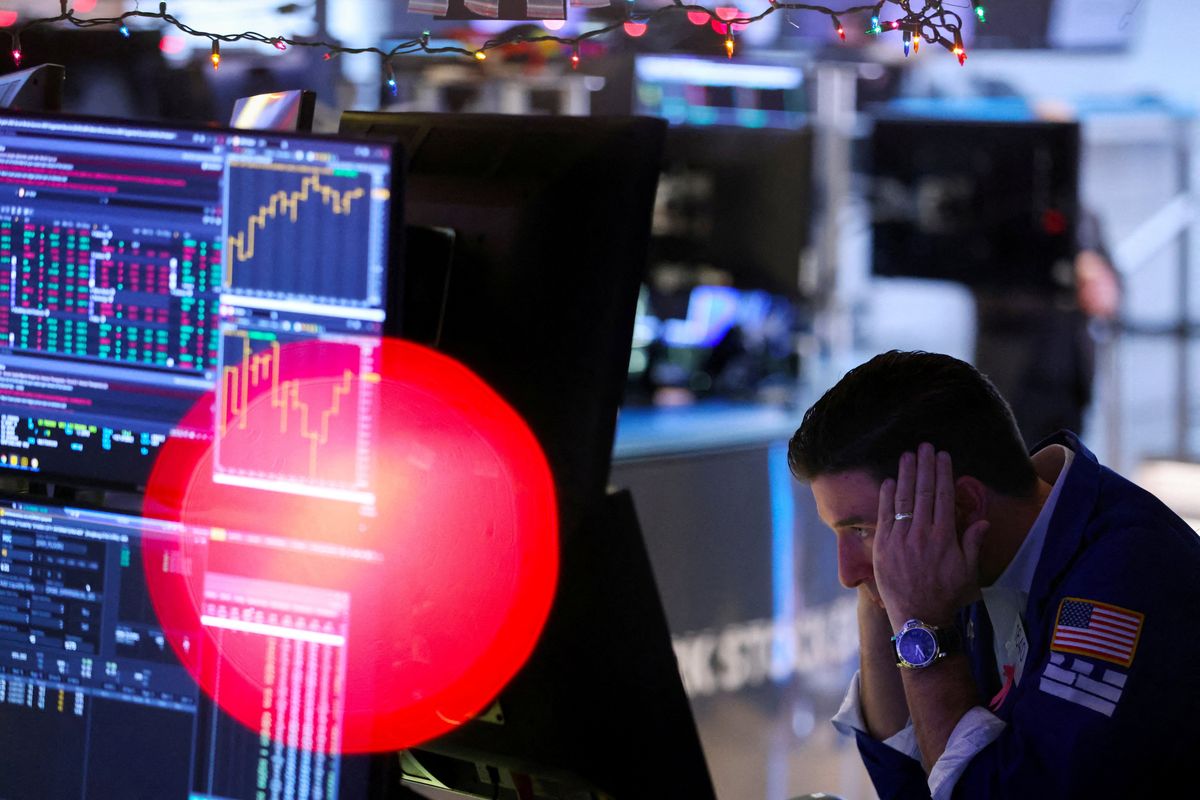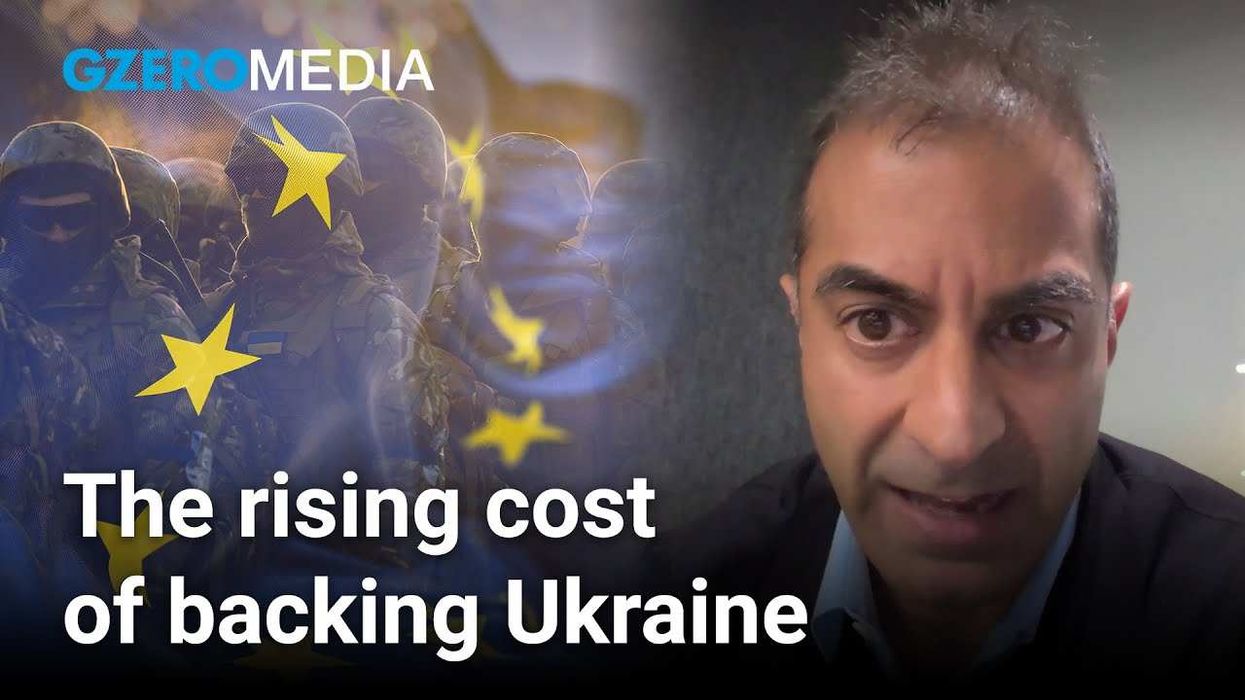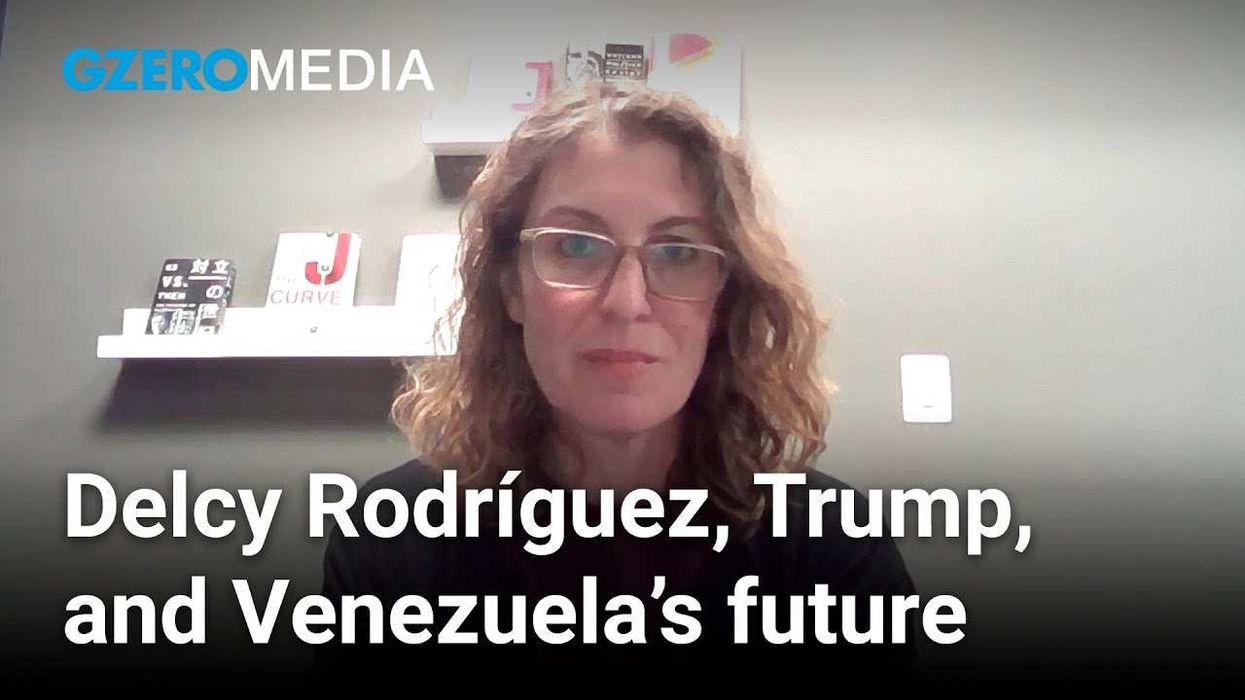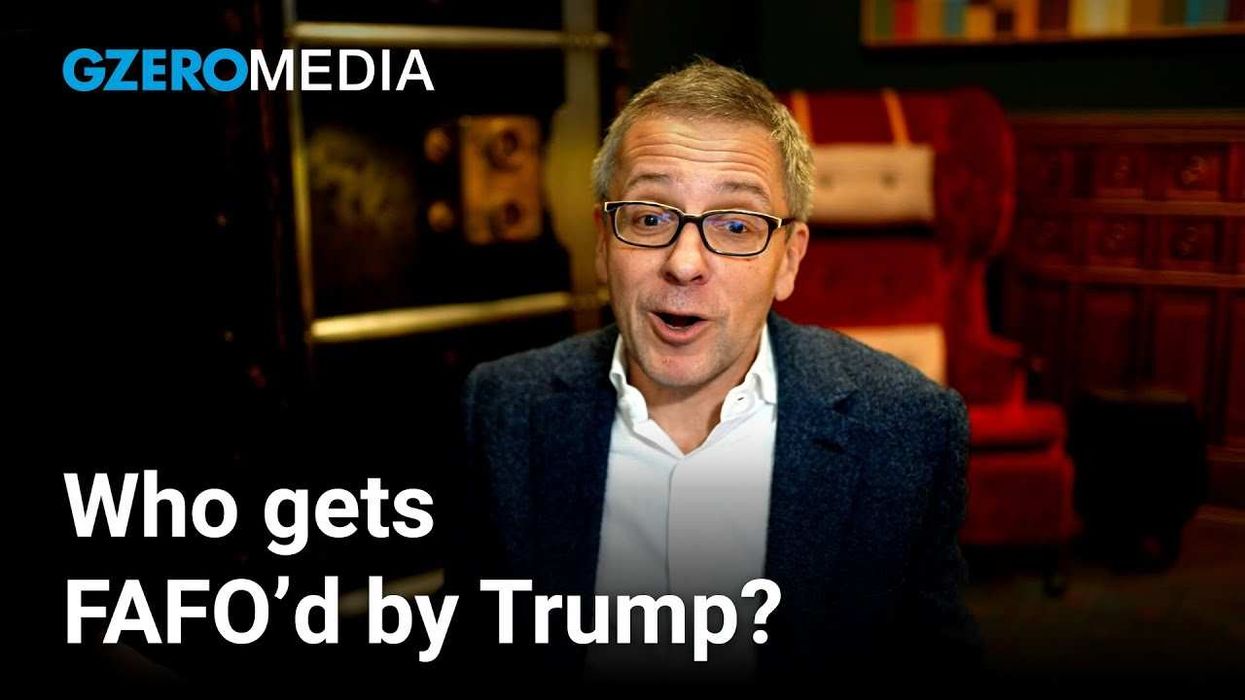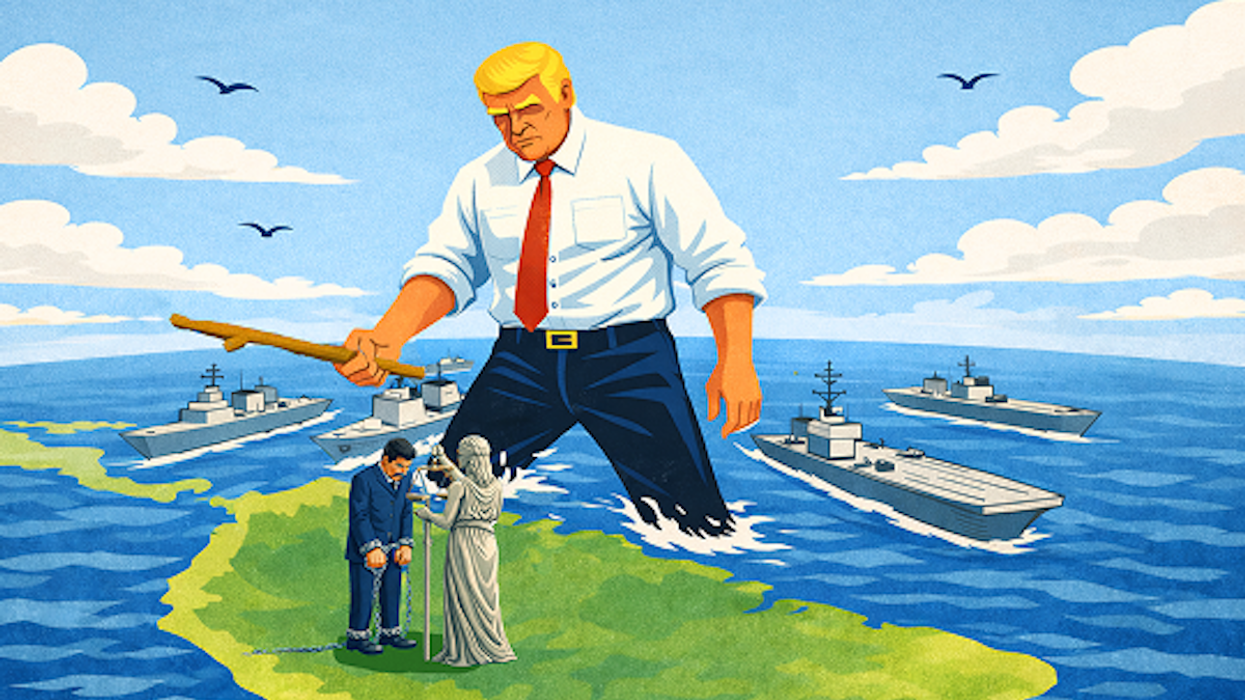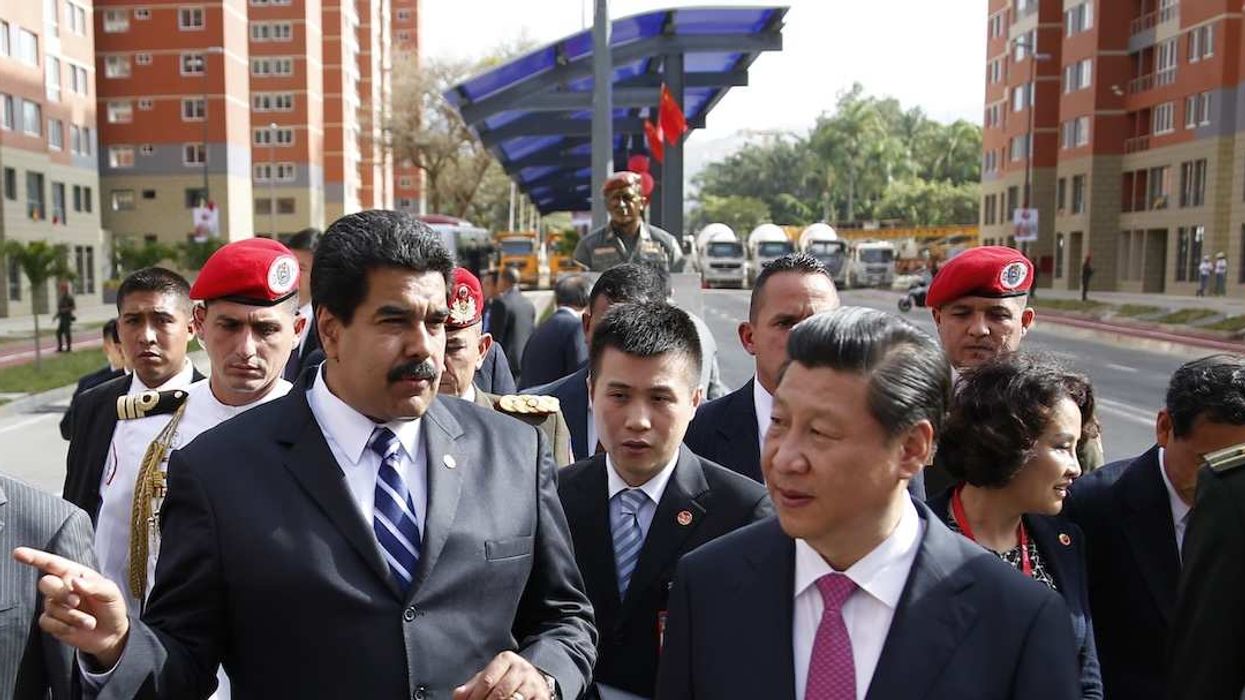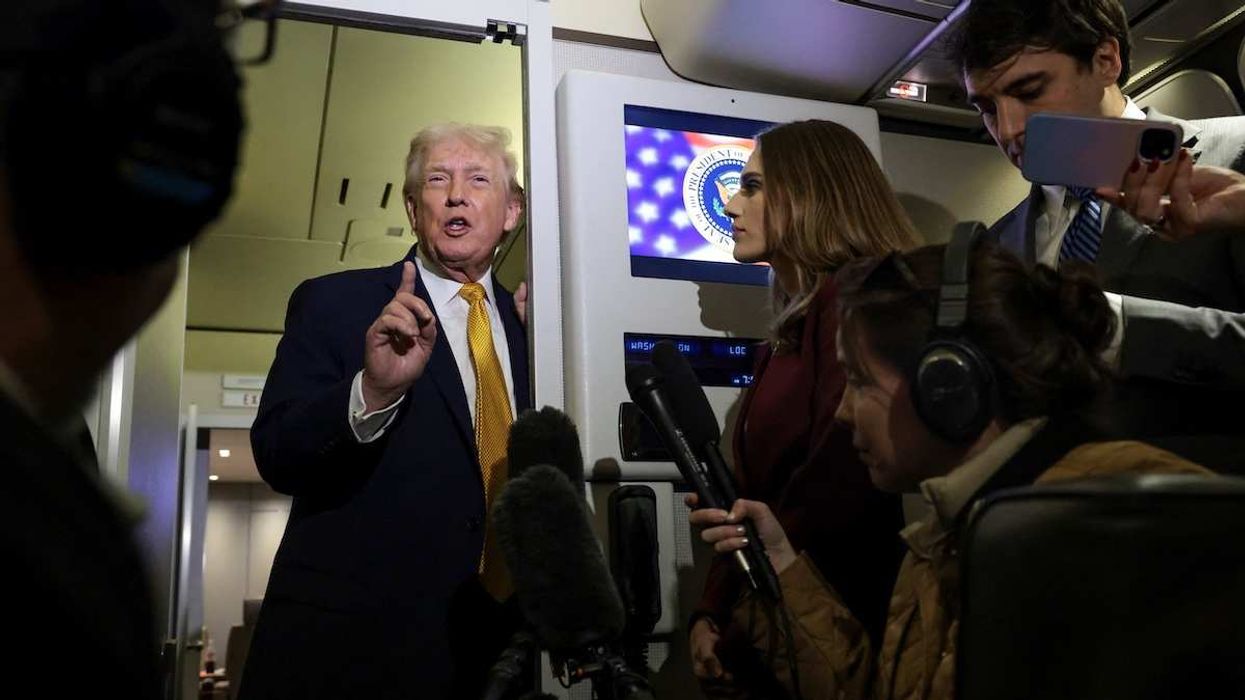If you’re a Republican, you probably think this is the worst economy in American history. If you’re a Democrat, chances are you at least rate it better than when Donald Trump was president.
But the truth is that even if your views weren’t colored by your partisan preferences, there’s enough conflicting data out there to confuse even the best, most apolitical economists.
Thankfully, I’m neither apolitical (I am nonpartisan) nor an economist (political scientists FTW), so if you ask me, I’d say the US economy is … pretty good.
Let’s start with inflation. Unless you’ve been living under a rock, you’ve surely noticed that everything seems to cost a fortune these days. Low and stable for decades, inflation surged in 2021-22 to levels not seen in 40 years thanks largely to the COVID-19 pandemic, which disrupted global supply chains and prompted the government to cushion the fall in incomes with extraordinary stimulus. China’s zero-Covid lockdowns and Russia’s invasion of Ukraine then pushed inflation even higher.
The good news is that inflation has already slowed noticeably, courtesy of the Federal Reserve’s most aggressive tightening cycle in decades. Annual headline inflation is down 4.2 percentage points after declining for 10 consecutive months since peaking at 9.1% last June. Annualized monthly data over the past 3 and 6 months shows even larger declines.
Core inflation – the less noisy measure preferred by economists and policymakers – has proven a bit stickier owing to wild, pandemic-induced swings in the prices of things like used cars and housing. But “supercore” and core services inflation – two measures that strip those components out – have been slowing. All in all, most price measures currently put underlying inflation around 4%.
The bad news is that inflation is still higher than anyone would like it to be, even if it’s at a level that we once found bearable and other countries consider normal. And because inflation has a way of becoming self-sustaining, there are reasons to fear it may prove hard to bring all the way down to the Fed’s target of 2% without causing big job losses.
Which brings us to the labor market. Despite interest rates rising by 5 percentage points in just over a year, unemployment is the lowest it’s been since 1969. Job growth has beat expectations in 11 of the past 12 months, prime-age labor force participation just hit a 15-year high, and people who were out of the labor market before (think older people, people with disabilities and criminal records, parents of young children) are now being pulled into it.
The labor market is so tight that the share of prime-age workers currently employed is higher than it was pre-pandemic, and the total number of people employed is higher than economists expected would be by now before the pandemic began. That includes a record-high share of prime-age women employed and a record-low Black unemployment rate.
It’s not just that everyone who wants a job can get one. Today, for every 10 people who want a job, there are 16 vacancies waiting to be filled. That means for the first time in a long time, American workers have options – including the option to demand a raise or to quit for better pay. Indeed, wages have grown significantly (even though – critically – they haven’t kept up with inflation), and the number of people voluntarily switching jobs remains high by historical standards.
Recent months have seen some softening in labor demand as Fed hikes have begun to hit the economy’s most rate-sensitive sectors, with slowing job growth, a slight uptick in unemployment claims, and more moderate wage growth. If it continues, this could eventually feed into lower spending. For now, though, layoffs show no sign of picking up, and the labor market remains remarkably robust.
What about that recession we’ve been promised? Politicians, economists, and investors have been predicting an imminent recession for more than a year now. The Fed’s rate hikes have to throttle economic activity eventually, the thinking goes, as the tighter financial conditions needed to get inflation down depress credit, spending, and hiring. If you are old enough to remember the 1980s, the story sounds familiar.
Yet despite the highest interest rates in 16 years and a recent spate of banking turmoil, the economy is growing, employers keep hiring more workers to meet Americans’ still-strong demand for goods and services, and recession calls keep getting pushed back.
Sure, there are important pockets of weakness in the economy, such as commercial real estate and high-profile industries like tech, finance, and media. But most of the economy is still chugging along. Corporate profits are near all-time highs, and while consumer spending, retail sales, and industrial production have all slowed somewhat, they remain strong.
Combined with evidence of cooling inflation and healthy but slowing wage growth, this resilience makes me hopeful that the US economy can achieve a “soft landing” – a Goldilocks scenario in which inflation comes down to an acceptable rate (say, under 3%) without a large increase in unemployment or a major recession.
Of course, it’s possible the Fed’s hikes are just taking longer than expected to work their way through the system and will cause a recession down the road. It’s also possible that we haven’t seen the last of the banking stress (plausible), that the US will default on its debt (very unlikely but at least some level of crisis seems necessary to avoid it), or that the Fed will raise rates too much (always a risk).
Any of these could push the US into recession, and indeed, most analysts still expect one to begin sometime in the next year. Then again, they’ve been wrong before. Barring any policy own goals or unexpected external shocks, a soft landing remains a distinct possibility.
So what’s with all the doom and gloom? By some measures, Americans think economic conditions are about as bad as they were during the heights of the Great Recession – when millions of workers had just been thrown out of work, unemployment was in the double digits, and households had lost more than $10 trillion worth of wealth.
This disconnect between reality and perception is quite striking, but it’s not mysterious. To understand it, there are two things you need to know.
First, inflation is much more salient than unemployment. While unemployment imposes severe costs on a small group of people, inflation affects everyone. Bad news also gets more coverage – and sticks more with people – than good news. The corollary is that as far as perceptions go, a strong labor market can’t possibly cancel out the rising cost of living. That’s why only one in five Americans say their financial situation has improved since last year. To the rest, hearing that jobs are plentiful is little consolation when they’re already employed but can’t afford groceries.
Second, partisanship plays a much larger role in shaping public opinion than it did in the past. It used to be that feelings about the economy were determined by the actual state of the economy. But this relationship broke sometime in the last two decades, no doubt thanks to the rise in polarization and the echo chambers created both by social media and by our increasingly politicized news media.
These days, Americans’ feelings about the economy are determined almost exclusively by the president’s politics, independent of the actual state of the economy. The partisan gap in economic perceptions under President Joe Biden and former President Trump has been more than double that under former presidents Barack Obama and George W. Bush. That means virtually half of the country is always bound to be sour on the economy, no matter how good it may be.
Rightly or wrongly, most Americans are feeling down about the economy, and no amount of explainers are about to change that. While for now consumers are still spending like it’s the roaring twenties, there’s always the risk that we’ll eventually talk ourselves into a recession. Perception may not be reality, but when it comes to politics and economics, it’s pretty damn close.
